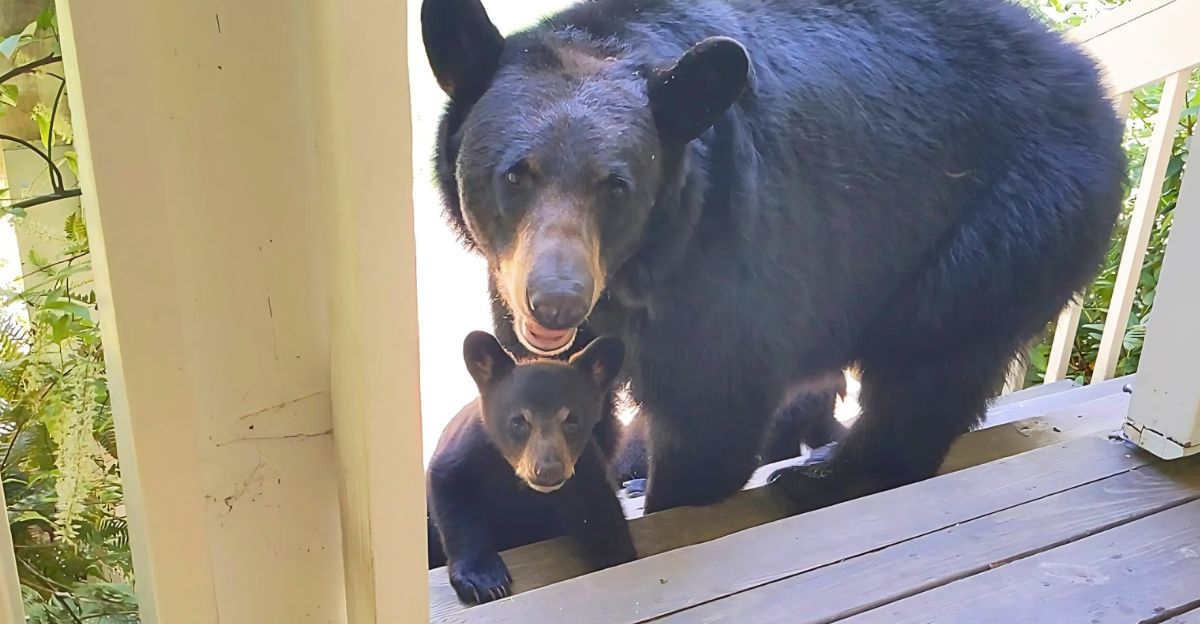
These magnificent creatures happily roam free in dense forests in different states, some not too far from home for most. They are breathtaking to watch, and some states are luckier than others with their bear population. Although urbanization and climate shifts have impacted their population numbers significantly, these states are still packed with bears out in the wild. Is your state on the list?
1. Michigan and West Virginia
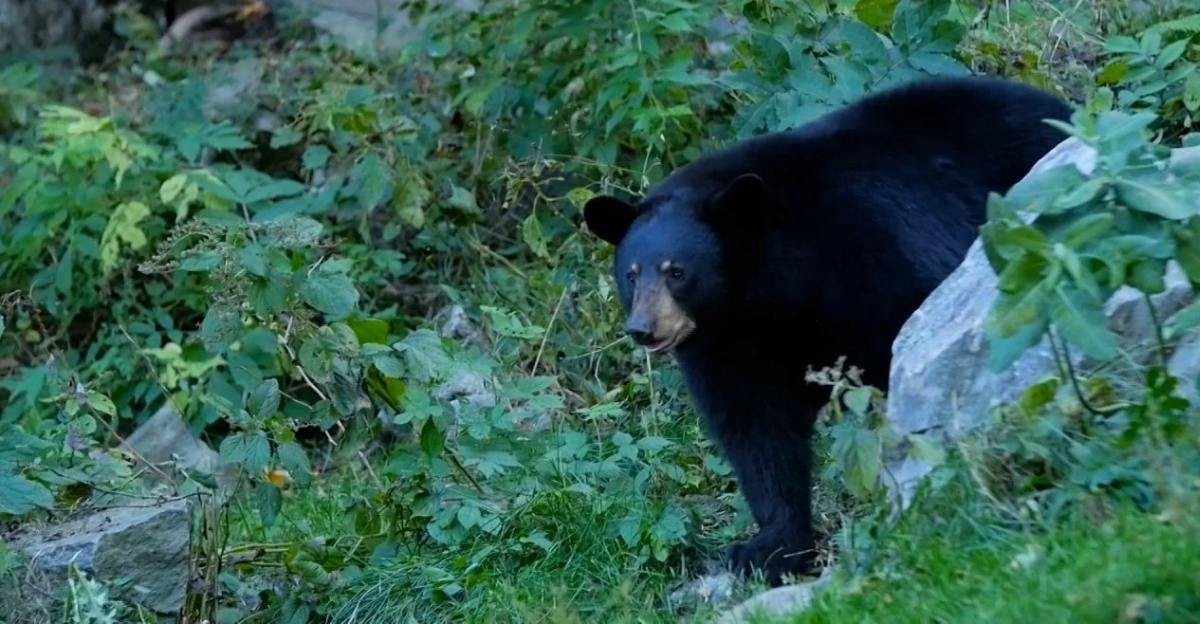
These states come in hot with the lowest population of bears on this list. With 13,000 – 15,000 bears roaming the area, these bears are mainly from neighboring states, only passing through and enjoying the scenery. Conservation efforts in this area have allowed bears to grow in numbers and stand a chance out in the wild again.
2. Minnesota and Montana
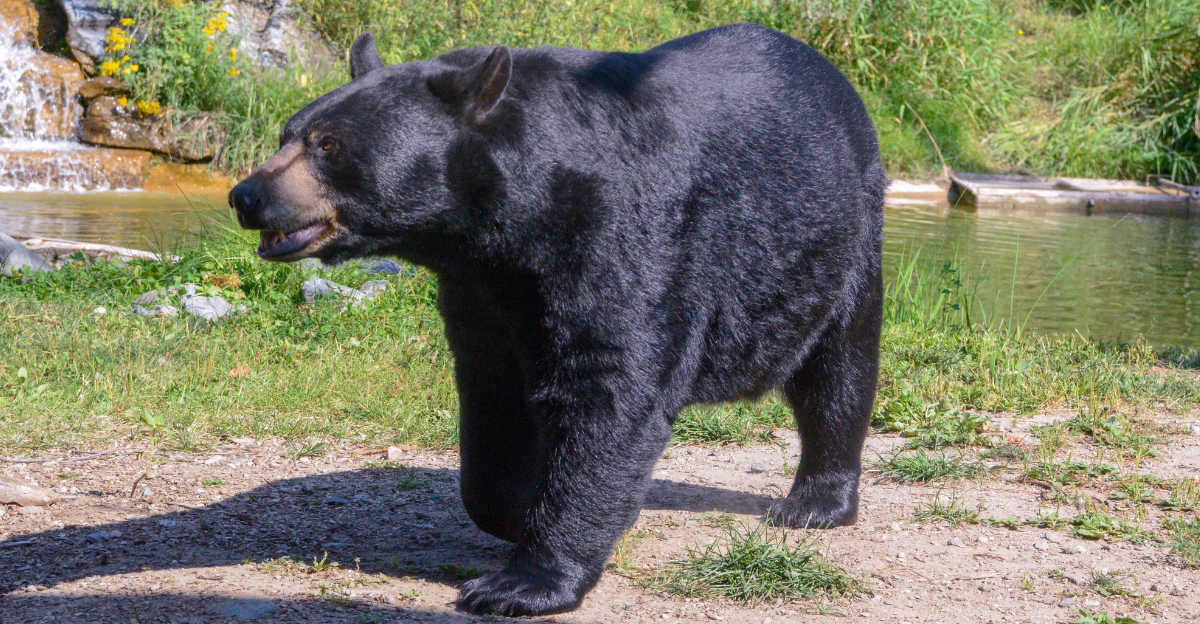
These states each have more than 15,000 bears that roam their wilderness. Montana has the largest grizzly bear population besides Alaska and allows for the hunting of bears twice per year.
3. Colorado
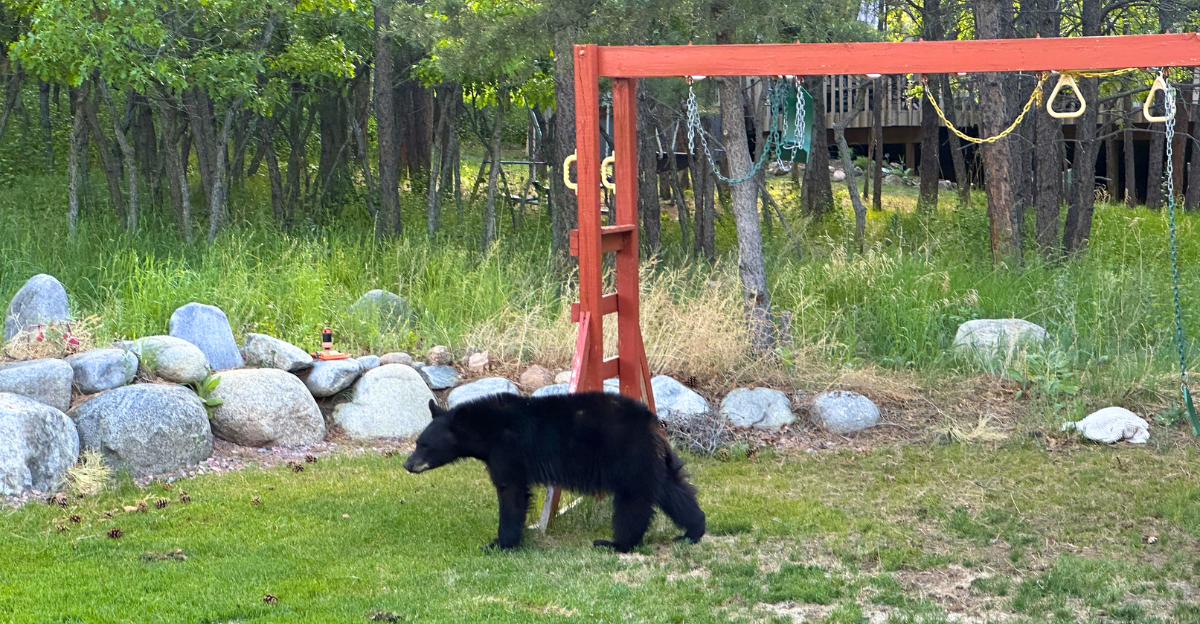
This state is home to more than 18,000 bears that roam its oak and aspen forests. They prefer to snack on chokecherry and serviceberry. Although they are black bears, according to the Colorado Department of Parks and Wildlife, 90% of the state’s black bears are brown, honey-colored, or cinnamon-colored.
4. North Carolina
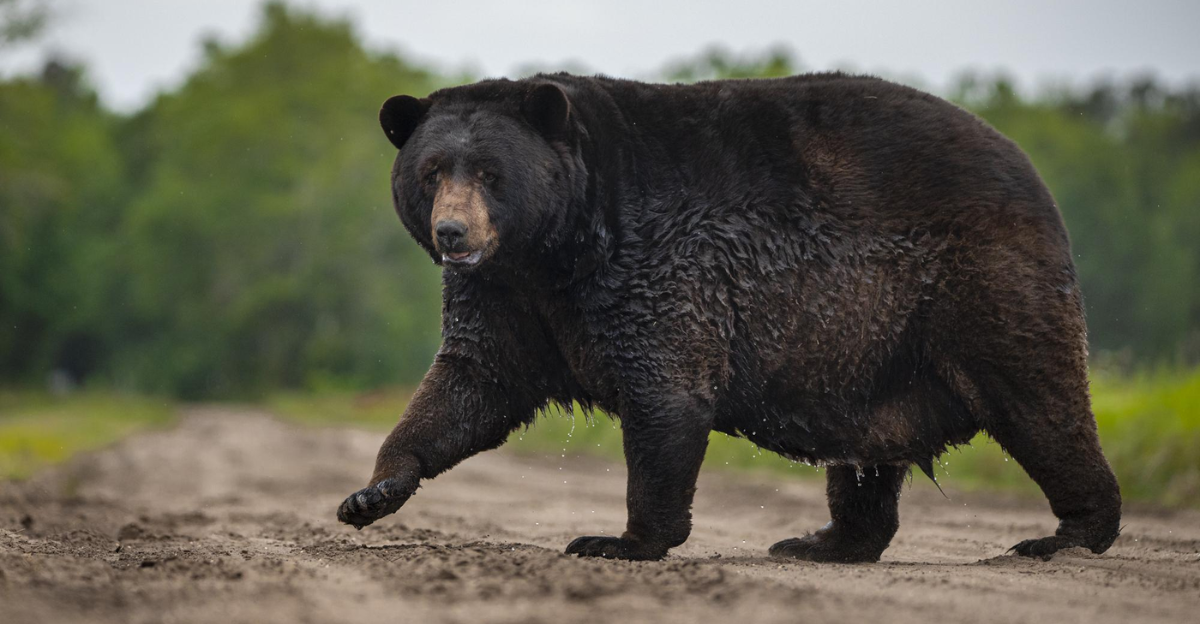
This state has an estimated 20,000 black bears roaming the area. Although the state was once wiped out of its bear population, thanks to conservation efforts, these populations are doing better than ever and still growing. 1,500 of these bears live in the Great Smoky Mountains National Park.
5. Wisconsin
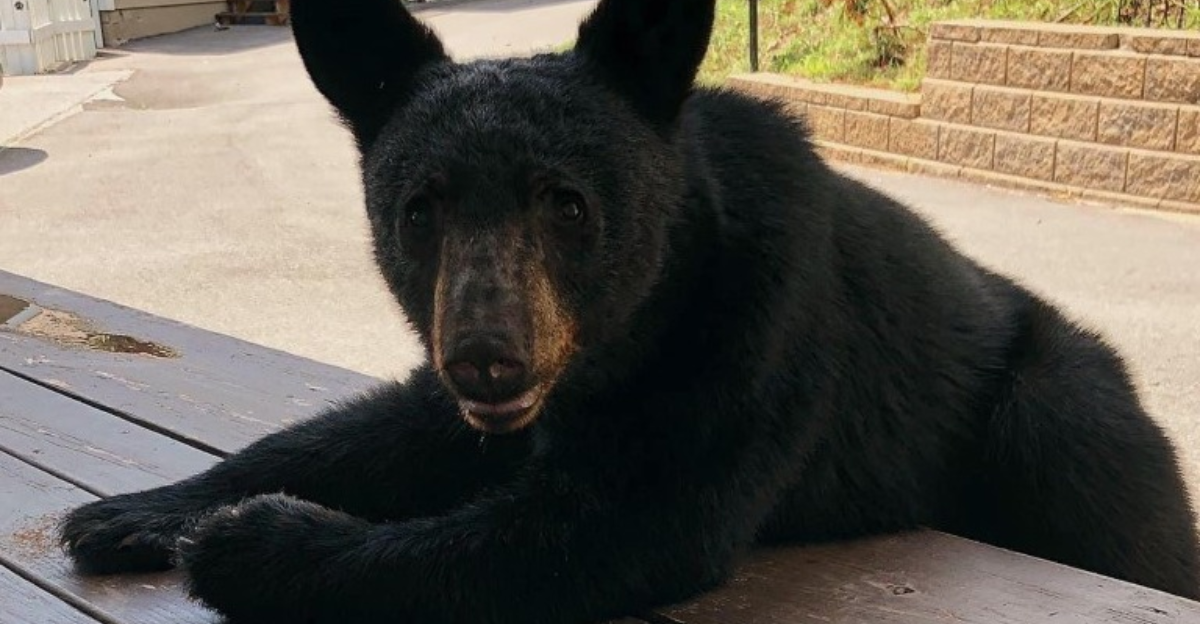
Due to the large forested areas, more than 24,000 bears roam this state. This state is also well-known for its hunting habits, and hunting licenses have been increased by 14% to meet a higher quota.
6. Oregon and Washington
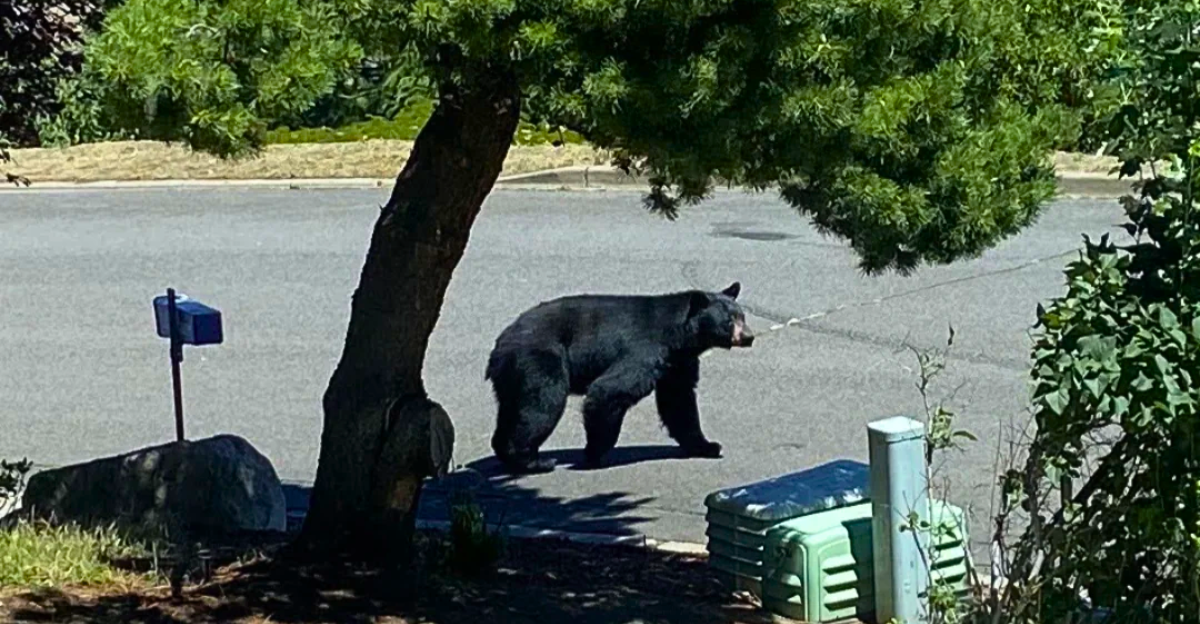
Both states have between 25,000 and 30,000 bears roaming the area. In Washington, bears thrive in the coastal rainforests and dry woodlands of the Cascade Mountains, while the bears in Oregon can be found roaming the dense forests. The bears in this state are usually herbivores but can sometimes snack on small mammals, fish, and the leftover carcasses of mountain lion kills.
7. Idaho
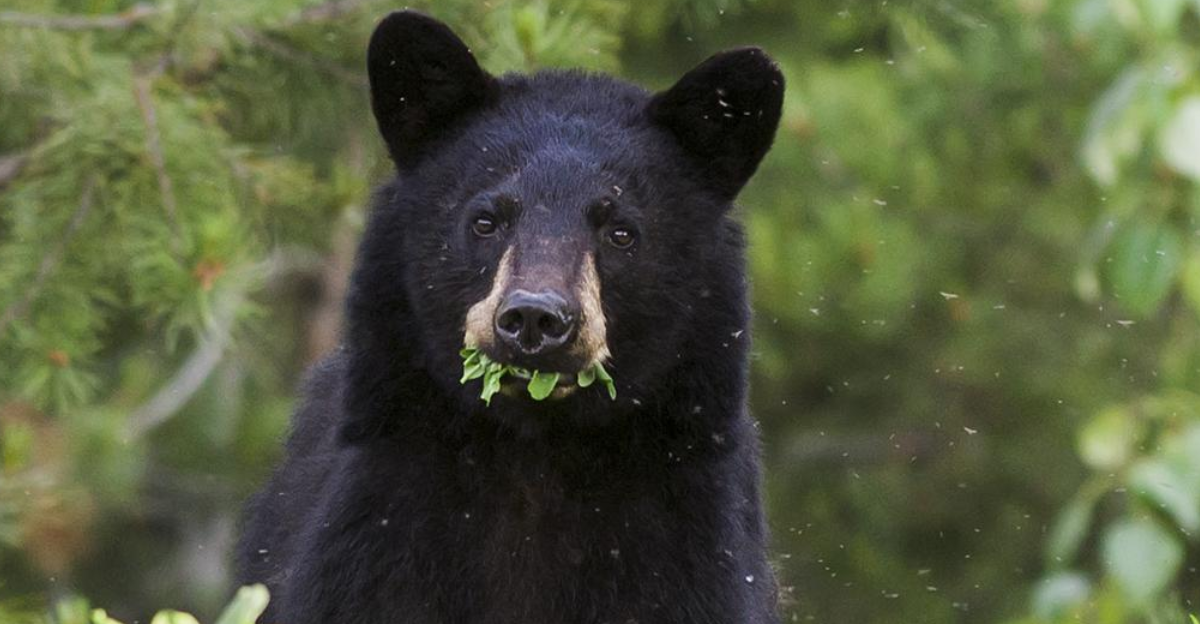
This state has an ever-growing black bear population of well over 30,000. These bears mainly roam the mountain ranges and untouched areas of the wilderness. The state is finalizing a 2025–2030 management plan to address human-bear conflicts and ensure sustainable hunting practices.
8. Maine
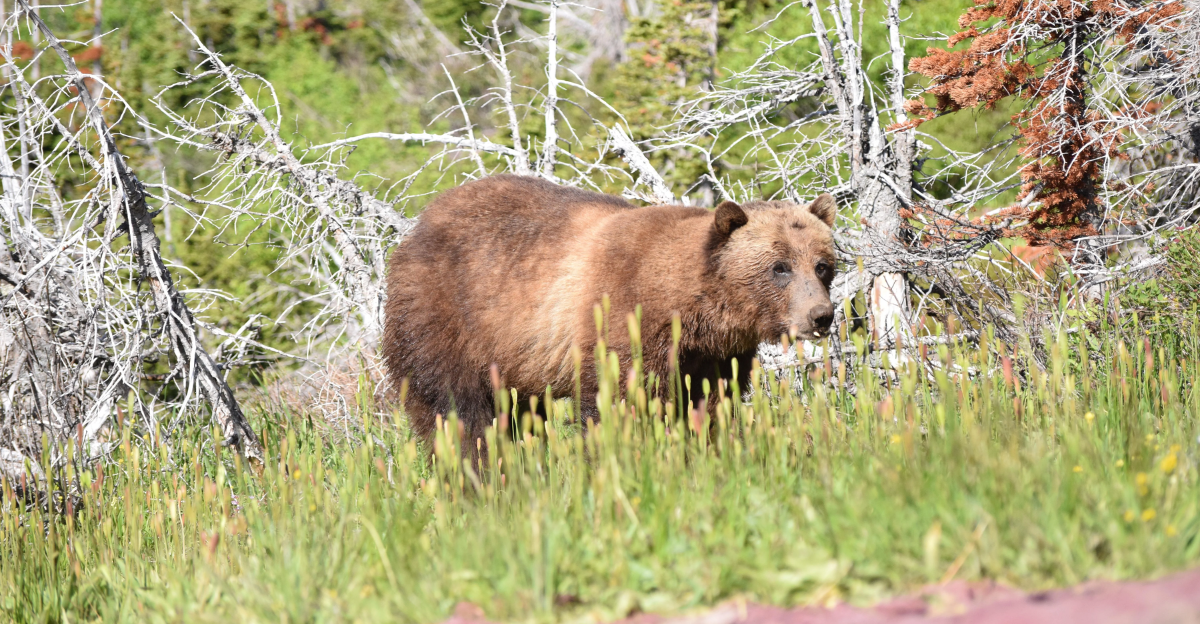
The state’s Department of Inland Fisheries and Wildlife estimates more than 35,000 black bears in the state. Conflicts with humans remain a focus, with neighboring states like Connecticut reporting higher bear-related incidents despite smaller populations.
9. California
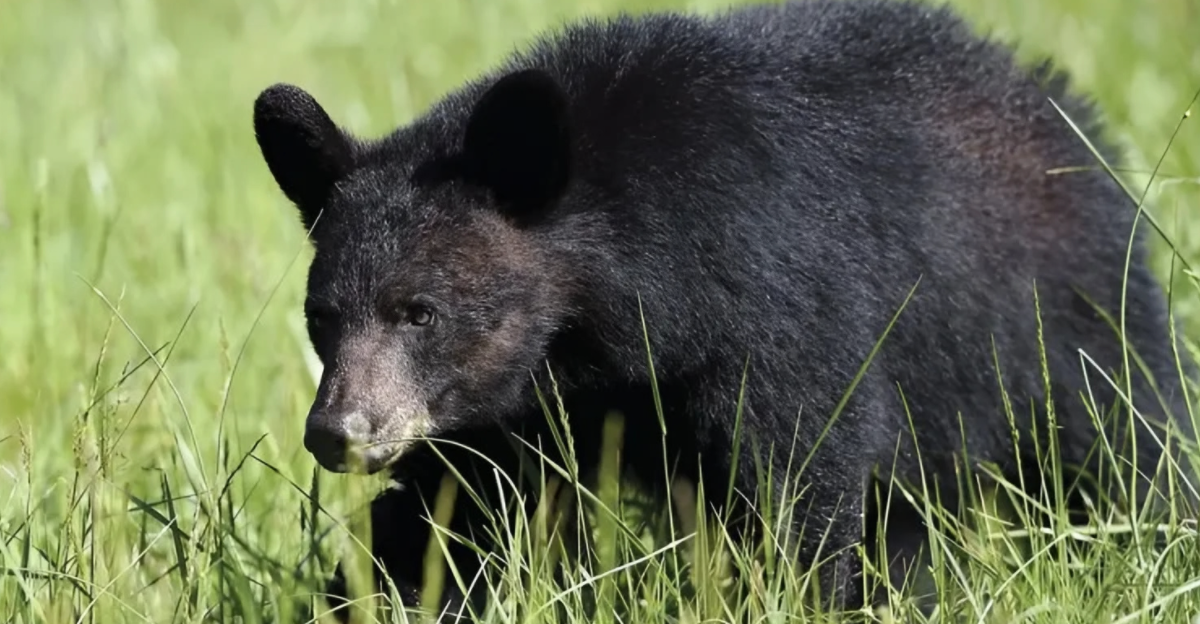
California’s black bear population has grown 45% since 2014, reaching an estimated 65,405 bears in 2024. Due to the drastic increase in the bear population, more frequent human-bear encounters have occurred. This state is now focused on maintaining the bear population while keeping human interaction minimal.
10. Alaska

Alaska dominates with 100,000 black bears, the highest population in the U.S. However, a controversial 2025 plan aims to reduce brown and black bear numbers by up to 60% in targeted areas to boost moose and caribou populations, sparking debates over ethics and ecological impact. Human interference might be needed to keep this growing population under control and balance the ecosystem.
Explore more of our trending stories and hit Follow to keep them coming to your feed!

Don’t miss out on more stories like this! Hit the Follow button at the top of this article to stay updated with the latest news. Share your thoughts in the comments—we’d love to hear from you!







